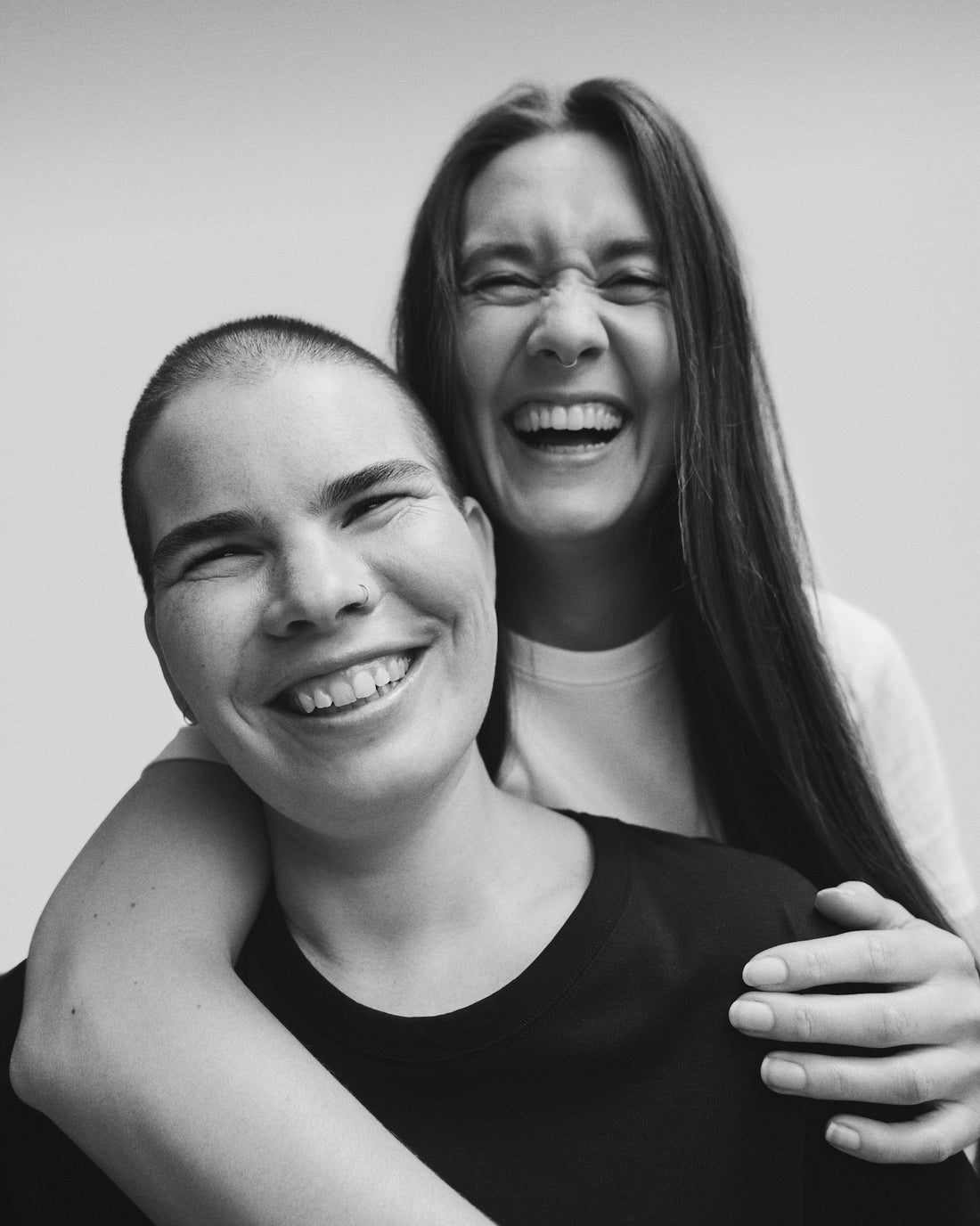
What was your first experience of fashion and how did you become interested in it?
From a young age I’ve always had a big interest in fashion and clothing. I loved going to fleamarkets and finding inspiration in (vintage) clothing, materials and prints. I used to buy everything I thought was interesting - a big change from where I stand now.What was your experience like at fashion school? Which topics were emphasised and what were the most important things you learned?
One of the most important lessons I’ve learned is that every shape, detail or finishing should be chosen for a reason. Besides this, I learned to work very hard :). Sustainability was never a big topic in school, I think nowadays (event though it’s almost 8 years later) there is a big shift goin on and there is a much bigger focus on the industry itself.When you finished school you decided to start your own label Teym. Teym produces only a few clothing pieces but with the utmost care for design and production. Where and how did you find out that you didn't want to be in the fast-fashion industry the way it is run at the moment - what was the trigger that made you want to do it differently?
When I graduated, I worked at Karl Lagerfeld as an accessories designer for almost 3 years. It was great to work in a company with such a legacy, but at the same time I was stunned by the amount of collections, unsold products, sales, etc. I became increasingly disgusted by the size and pace of the industry. At this time I was also looking for a warm, sustainable winter coat (without fur collar, extra zippers and pockets, big logo’s, ethically made) so I decided to make it myself and at the same time find out if it was even possible to make this in a way that would least harm the environment. The result became an extremely timeless piece, made of high quality materials: truly made to last. Since then, each year I add another classic to a slowly growing, permanent wardrobe.
What is the philosophy or ethical guidelines of Teym?
We asked ourselves how we could be part of the industry without taking part in destructive practices and decided to follow 4 Golden Rules:• Putting quality and design first is the core of sustainability. Make a product last.• Slow and steady wins the race. One impeccable wardrobe, no overhyped collections.• A healthy work environment and fair wage for the people we work with are a must, not a plus. Made in Europe only.• Buying conscious doesn’t have to be expensive. No retail mark-ups, always a fair price.I think by following these guidelines, you find the best combination for people who want to dress stylish but care for the environment.What are the hardest things about challenging the norm in this way?
Because this way of working is so far from 99% of the brands around, it can be challenging because you can not join in the “normal” system. Keeping the prices affordable by skipping retail mark-ups - which basically means that if the cost price of an item is 50 euro’s, there are so many people that have have a share, that the product is sold for 250 euro. With Teym there is a very short link between the factory and the consumer. This way, the same product can be sold for half the price, without compromising on ethics.What are you hopes and dreams for Teym and what do you think is the future of fashion?
I hope to inspire other brands to make their collections (much) smaller, and invest more in the development of classic, high-quality, long-lasting items. I believe this way of working is the most durable a brand can do. It’s sends out a message to consumers that there is no need to change your wardrobe each year. If you truly love an item, you also take care of it much better - which is the core of a sustainable way of consuming.Find Teym on www.teym.eu

